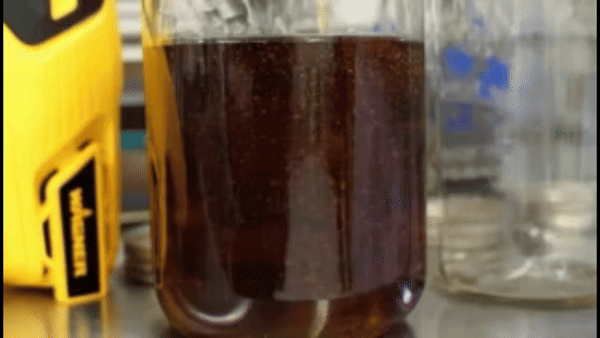Why does Champagning occur in live resin and rosin solutions?
Champagning is a unique phenomenon that occurs primarily in premium cannabis resins, like live resin, rosin, and occasionally in CDT solutions that have not been properly degassed. Many times, the resin appears to be stable, but after warming or agitation, bubbles will start to appear in solution, like popping open a bottle of Champagne or Coca-Cola.
The fundamental reason champagning occurs is due to light aromatic hydrocarbons that are trapped in the resin matrix. Agitation and heat will weaken the matrix, allowing gases to escape. The hydrocarbons can be residual butane or propane, or in the case of rosin, light esters and gases from the breakdown of plant material.

